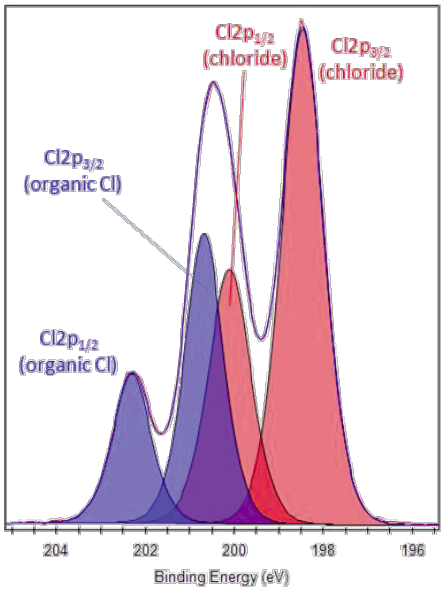
Therefore, it is necessary to develop some treatment methods which are more efficient. Hence, it is urgent to develop an efficient treatment technique to remove atrazine from water environment.Ītrazine can be hardly removed by routine treatment technique, such as coagulation and filtration. Similarly, the State Environmental Protection Administration of China has set the MCL of atrazine as 0.003 mg/L in the centralized water supply from surface water (Environmental Quality Standard for surface Water of China, GB 3838–2002). According to US environmental protection agency (USEPA), the maximum contaminant level (MCL) is defined at 0.003 mg/L for drinking water.

The standard of European Union for the residues of atrazine herbicides is limited to 0.1 μg/L for single herbicides including atrazine and 0.5 μg/L for the sum of the herbicides in drinking water.

Accordingly, many countries have set the residual level for atrazine in ground water and drinking water. The consumption of contaminated water is a major route of human exposure to the pollutant. Moreover, atrazine were recently considered as a potential carcinogen by many of reports. Due to its widespread application and persistence, a long time, even decades, is required for atrazine to degrade in water and soil. These results suggest that PA6/PPy NFM could be employed as an efficient adsorbent for removing atrazine from contaminated water sources.Ītrazine (2-chloro-4-ethylamine-6-isopropylamino-1,3,5 triazine) is one of the most popular herbicides used in agriculture and forestry industries. The desorption results showed that the adsorption capacity remained almost unchanged after six adsorption/desorption cycles. In addition, the increase of adsorption rate caused by a temperature increase could be felicitously explained by the endothermic reaction. The adsorption equilibrium data was well fitted with the Freundlich isotherm model with a maximum adsorption capacity value of 14.8 mg/g. The adsorption of atrazine could be well described by the pseudo-second-order equation. The kinetics and thermodynamics studies also further elucidated the detailed adsorption characteristics of atrazine removal by PA6/PPy NFM. The results indicated that π-π interaction and electrostatic interaction should play a key role in the adsorption process.

The effects of initial solution pH and ionic strength, as well as the comparison of the adsorption capacity of functionalized (PA6/PPy NFM) and non-functionalized (PA6 NFM) adsorbent, were examined to reveal the possible adsorption mechanism. The core-shell structure of PA6/PPy NFM can be clearly proved under scanning electron microscope (SEM), transmission electron microscopy (TEM), and X-ray photoelectron spectroscopy (XPS). A functionalized nylon6/polypyrrole core-shell nanofibers mat (PA6/PPy NFM) was prepared via situ polymerization on nylon6 electrospun nanofibers mat (PA6 NFM) template and used as an adsorbent to remove atrazine from aqueous solutions.


 0 kommentar(er)
0 kommentar(er)
